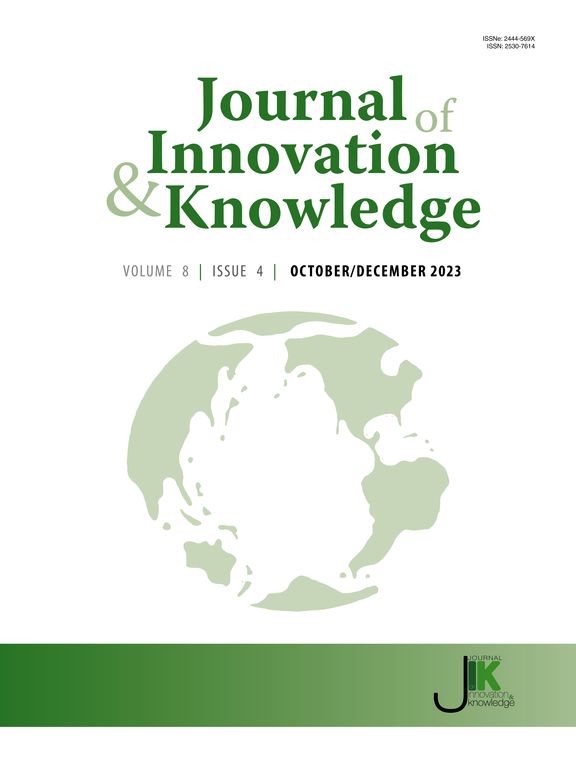中美贸易需求冲击对产业链弹性的影响:知识和风险管理视角
IF 15.5
1区 管理学
Q1 BUSINESS
引用次数: 0
摘要
随着全球经济一体化进程加快,国际贸易日趋复杂,贸易需求冲击已成为影响全球产业链韧性的关键因素。本文构建了风险识别-弹性演化-成本回收框架,分析了需求侧贸易冲击对产业链弹性的动态影响。我们利用中美两国的双区域投入产出表,对贸易需求冲击对产业链不可操作性的影响进行建模,以评估各行业的韧性和稳健性。这是通过构建静态和动态决策模型,量化各种投资场景下的经济损失来实现的。该研究分析了三种投资组合,以考察投资策略如何影响中美两国工业的弹性。研究结果为跨区域产业链风险管理提供了有针对性的指导,揭示了中美投资的互补性。中国应优先投资制造业,支持短期复苏和长期韧性;美国应重点投资对经济波动和整体稳定有重要影响的服务业。这些发现为寻求减轻外部需求冲击影响、同时加强产业链国际竞争力和韧性的政策制定者提供了有价值的见解。本文章由计算机程序翻译,如有差异,请以英文原文为准。
Impact of US–China trade demand shocks on industrial Chain resilience: A knowledge and risk management perspective
As global economic integration accelerates and international trade grows increasingly complex, trade demand shocks have emerged as a critical factor shaping the resilience of global industrial chains. This study develops a risk identification–resilience evolution–cost recovery framework to analyze the dynamic impact of demand-side trade shocks on industrial chain resilience. We model the effects of trade demand shocks on the inoperability of industrial chains using bi-regional input–output tables for China and the United States (US) to assess the resilience and robustness of sectors. This is achieved by constructing static and dynamic decision models and quantifying economic loss under various investment scenarios. The study analyzes three investment portfolios to examine how investment strategies impact the resilience of Chinese and US industries. The results provide targeted guidance for cross-regional industrial chain risk management, revealing that Chinese and US investments complement one another. China should prioritize manufacturing investment to support short-term recovery and long-term resilience, and the US should focus on the service sector, which has a crucial influence on economic fluctuations and overall stability. These findings offer valuable insights for policymakers seeking to mitigate the impact of external demand shocks while strengthening the international competitiveness and resilience of industrial chains.
求助全文
通过发布文献求助,成功后即可免费获取论文全文。
去求助
来源期刊

Journal of Innovation & Knowledge
Multiple-
CiteScore
16.10
自引率
12.70%
发文量
118
审稿时长
37 days
期刊介绍:
The Journal of Innovation and Knowledge (JIK) explores how innovation drives knowledge creation and vice versa, emphasizing that not all innovation leads to knowledge, but enduring innovation across diverse fields fosters theory and knowledge. JIK invites papers on innovations enhancing or generating knowledge, covering innovation processes, structures, outcomes, and behaviors at various levels. Articles in JIK examine knowledge-related changes promoting innovation for societal best practices.
JIK serves as a platform for high-quality studies undergoing double-blind peer review, ensuring global dissemination to scholars, practitioners, and policymakers who recognize innovation and knowledge as economic drivers. It publishes theoretical articles, empirical studies, case studies, reviews, and other content, addressing current trends and emerging topics in innovation and knowledge. The journal welcomes suggestions for special issues and encourages articles to showcase contextual differences and lessons for a broad audience.
In essence, JIK is an interdisciplinary journal dedicated to advancing theoretical and practical innovations and knowledge across multiple fields, including Economics, Business and Management, Engineering, Science, and Education.
 求助内容:
求助内容: 应助结果提醒方式:
应助结果提醒方式:


